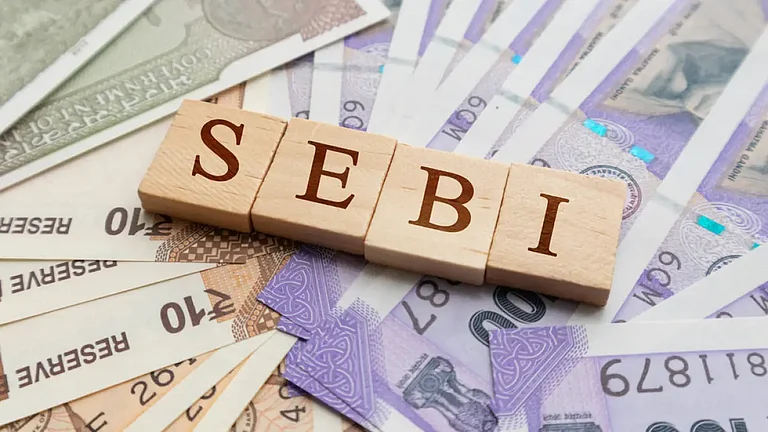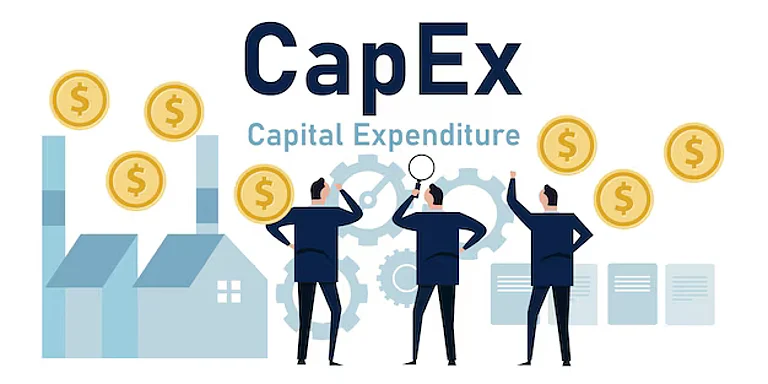“May you live in interesting times” goes an old Chinese curse and the current state of world economy could be a reality of that curse. On one hand the world is swarming in debt, almost touching the $300 trillion mark (see Graph 1), on the other hand the interest rates are now at its lowest ever, in the entire economic history of civilization. If this situation did not sound bizarre, top it up with an economic conundrum, a negative yield on bonds.

The price of money or interest rate is less than zero on bonds worth about $15 trillion, which is 5% of global debt. What this essentially means is that loan takers are being incentivised for going into debt. They are being paid over and above their loan amount for taking loans. This is an unprecedented occurrence.
While the situation has flummoxed both economists and academicians, they also highlight that the man-made system of finance and economics does not follow natural laws. The peculiarities of the financial world can only be explained as quirks and selfish motives of those wielding political and financial prowess.
The age-old method of assigning value to an asset through the ‘price discovery mechanism in marketplace’ is passe now. The logic has been replaced by currency printing exercise by central bankers the world over.
Inflation, sky-rocketing real-estate prices, gaping financial inequalities across the globe, rise of venture capitalists, moral corruption of welfare-state models, growth of service sector and the myriad issues with the manufacturing sector owe their genesis to this singular shift in economic paradigm.
Let us go half-a-century back to unravel the mystery:
2021 marks the 50th and 40th anniversaries of two big events that have avalanched into macro-economic puzzles we are dealing with today.
Fifty years back, in 1971, the American President Richard Nixon abrogated the international Bretton Woods Agreement. The Agreement, following the post-war wakeup call in July 1944 aimed to create peace by limiting economic practices of different countries such that they do not harm each other by depreciating their currencies. The aim was to avoid another world war by maintaining currency and macro-economic stability. The Bretton Woods Agreement anchored the US dollar against gold and pegged the currencies of rest of the nations against the US dollar.
After Nixon’s decision the dollar became a fiat currency, that is, a paper currency with no intrinsic value but floats on mere trust on the US government to maintain its sanctity.
A decade later from there, in 1981, another significant event took place. 1981 was the year when global bond yields peaked and have been steadily declining since then to now reach sub-zero levels.
These two inherently connected events have metamorphosed the global economy into its current state, creating billionaires, path-breaking innovators and caring States, as well as victims of economic traps like crushing debt.
Interest Rates Fuelling Growth Of Risk Capital And Financial Assets
Interest rate are a measure of financial risks, higher the rate of interest, higher the risk. This, in turn, indicates the level of investor confidence in a country, company or individual. Interest rate also serves as ‘investment hurdle’, ensuring productive utilisation of capital through debt instruments.
Falling interest rates lowered investment hurdle, thereby increasing investors’ risk appetite enormously. That is why, private equity and VC firms emerged and grew rapidly since 1980s. The world of business also witnessed more and more leveraged buyouts and management buyouts since then.
Between 1990 and 2021, funds inundated capital markets around the world. Investors put $11 trillion to work in 2020 compared to about $700 billion in 1990. Capital market activities exploded and culminated into longest bull-run in global bonds and equities market.
Stock exchanges world over saw flurry of new companies getting listed that enhanced market capitalization of stock exchanges. On Indian shores, market capitalization on BSE grew from Rs 90,836 crores in 1990-91 to Rs 272 lakh crores as on 15th October 2021, a whopping 29,928% increase in thirty years. Not only equities but all major asset classes recorded substantial growth due to falling interest rates.
Rising Debts And Falling Interest Rates: A Deviation From Classical Economic Theory
Classical economic theory explains that rise in debt leads to a simultaneous rise in interest rates. Speaking to Outlook Business, Rich Excell, instructor of finance, University of Illinois, opines how this theory has failed in developed markets, particularly those places meant to be ‘reserve currencies’. This is led by Japan, which has the highest debt burden for decades now. Post the Great Financial Crisis, this is true for the US and the EU as well, he says.

The US took 205 years from 1776 to 1981 to amass $1 trillion debt and the interest rate (30-year mortgage rate) in October 1981 was over 18%. Currently, the US government debt stands at $28.9 trillion and the 30-year mortgage rate is 3%, again highlighting the paradox of rising debt and falling interest rates. Similar is the case with India. Since the 1980s, India’s total general government debt has increased by 41% of GDP. In FY 81, the debt to GDP ratio stood at 48.8% versus 89.6% for FY 21. Debt to GDP ratio for all developed economies show a similar trend (see Graph 2).
Governments & Central Banks Making The Most Of Fiat Currency
Speaking to Outlook Business, Dr. Thorsten Polleit, professor of economics at Bayreuth University, Germany says that in a fiat money regime interest rates are artificially suppressed by central banks. Explaining the tactic, he said, central banks increase the quantity of money through credit expansion (money printing) and when credit supply exceeds demand, the interest rate goes down.
“Central banks expansionary monetary policy is providing virtually any amount of credit which is suppressing interest rates and till the time people have confidence in the ‘monetary machinations’, the rise in debt pyramid can be accompanied by a decline in interest rates”, he concludes.

So, not only did the governments load debts but also the central banks expanded their balance sheet by printing currencies. In the US, the Federal Reserve balance sheet expanded to $8.45 trillion in September 2021 from mere $160 billion in March 1981, a massive 5,181% rise. Similarly, the European Central Bank which was established by the Treaty of Amsterdam in May 1999 has seen its balance sheet expansion from €500 billion to €8.2 trillion, a whopping 1,540% increase. (see Graph 3)
Excell viewed that getting off the gold standard in 1971 changed the government and institutions’ economic behavior.
“The gold standard forced countries to reduce their debt levels through growth and fiscal surpluses and without this objective check and balance, there is nothing that forces countries to reduce the debt level,” he said.
Negative Yields + Rising Asset Prices = Social, Economic & Power Imbalances
In a discussion with Outlook Business, ChristofLeisinger, finance and economics editor, NeueZürcherZeitung of Zurich said, falling yields are due to a combination of distorted inflation rates and market manipulation by central banks.
“Central banks have responded to virtually every crisis by cutting interest rates and increasing money supply that has prompted decline in interest rates,” he said. Falling interest rates led to increasing financialisation and indebtedness of the global economy, asset price bubbles and virtually a devaluation of the real economy.
An aftermath of rising asset prices is the imbalance that is starkly visible in social, financial and influence based dynamics in the world of business and international politics.
Few asset management companies like Blackrock and Vanguard have boosted their Asset Under Management (AUM) to trillions of dollars, making the business entities as powerful as a sovereign nation. For instance, Blackrock AUM has gone from $140 billion to $9.5 trillion in two decades from 2000 onwards. Only the US and China have a higher GDP than the Blackrock AUM.
In India, low interest rates have led to price-inflation of all asset classes. The exorbitant prices of real-estate amongst other causes were pivotal to the rise of the tech and services sectors because land is key to manufacturing and the leverage for debt in other capital intensive industries. That is why new crop of enterprising Indians prefer to explore tech-enabled business opportunities, leaving asset intensive industries like core manufacturing, infrastructure, mining etc. in the hands of established business groups.
The boom in prices of assets is also the root cause of economic disparity. The privilege of leveraging assets for taking advantage of reduced interest rates is possible only for those who already possess them.
According to various studies, 25% of new homes are bought by investors, a figure that hovered around 18% a few years back. For most people, falling interest rates hardly matter when the down payment cannot be saved to be put down. Rising home prices are creating a perpetual generation of forever renters which is a big threat to social cohesion.
























